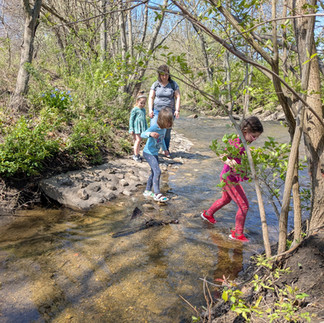What is risky play and why is it important?
- willowwoodnp
- Jun 22
- 1 min read
Updated: Jul 3

In short, risky play is a type of play that involves activities that are exciting, physically demanding and challenging.
Risky play activities should be initiated and chosen by the child.
Risky play can look different for children based on their age, experiences, skills, and comfort with risk.


Some examples of risky play are:
Climbing
Balancing
Playing in or near water
Playing on uneven surfaces
Playing at heights
Playing at high speeds
Risky play allows children to turn inward and check-in with their body and emotions. Which in turn helps them discern between what feels hazardous vs. what feels challenging. Risky play helps children learn from new experiences, trust themselves, and build intrinsic confidence.
While risky play can look different for each child, it is an important factor in physical and social-emotional development for all children. Perhaps the next time you find yourself with children that want to try out a risky venture, you can be their source of support and guidance.
If you are interested in learning more about risky play, I highly recommend the book Adventures in Risky Play: What is Your Yes? by Rusty Keeler.

































Comments